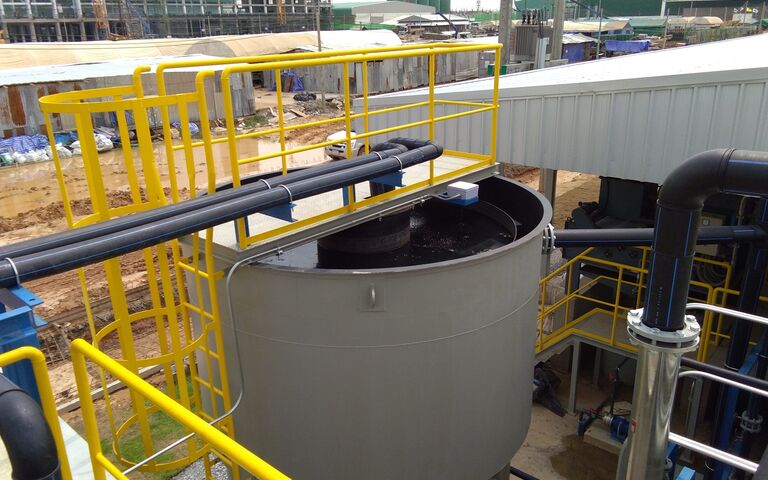
Sludge separation − gravitation/sedimentation
Gravitation (sedimentation or settlement) is the separation of particles from water on the basis of their weight
Your web browser is out of date.
Update your browser for better security, speed and to get the best experience on this website.
Thickening processes are those which concentrate the sludge by removing part of the free water, i.e. the water not associated with the sludge particles or flocs. In doing so, the finished product retains the liquid, free-flowing characteristics of the feed sludge, so that it can still be conveyed by pumping. Thickening normally increases the dry solids (DS) content to between 4 and 6%.

Gravitation (sedimentation or settlement) is the separation of particles from water on the basis of their weight

The theory of centrifugation relates to sedimentation theory as it acts to enhance gravity through the centrifugal force
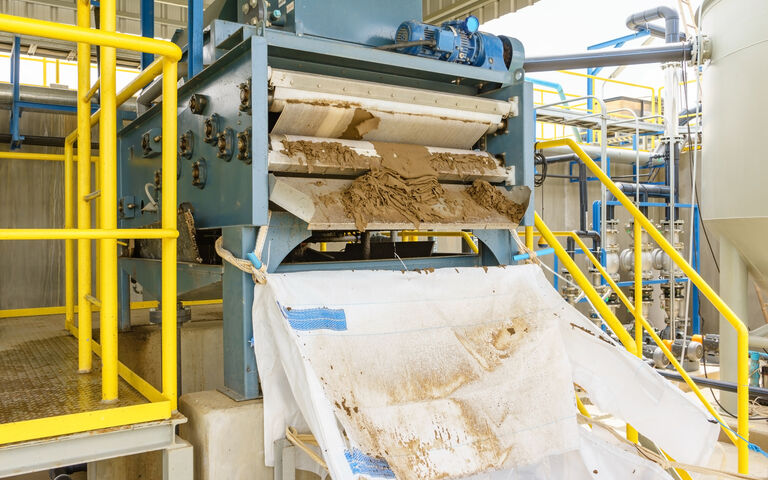
Filtration theory defines the way in which water flows through the bed, which is formed of the sludge solids (cake)
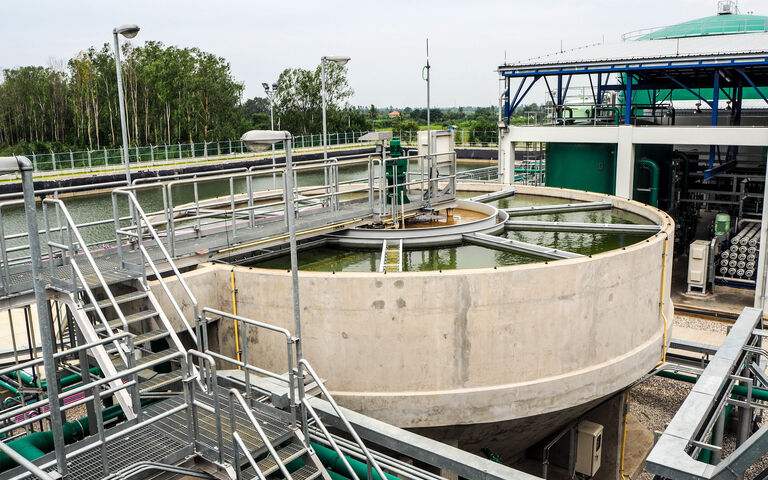
An overview of sludge thickening − an introduction to theory and related technologies

Processes which act to remove water from the sludge to reduce its volume are called thickening and dewatering

Gravity thickening increases the solids concentration by allowing the particles to settle to the base of a vessel
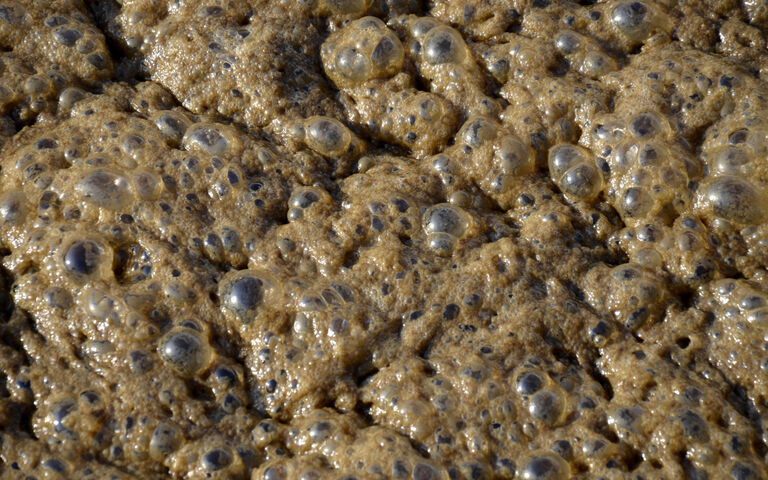
Dissolved air flotation thickens the sludge by encouraging solids to float to the surface by attaching to rising air bubbles

GBT thickens the sludge by allowing the water to drain from the sludge under gravity through a permeable moving belt
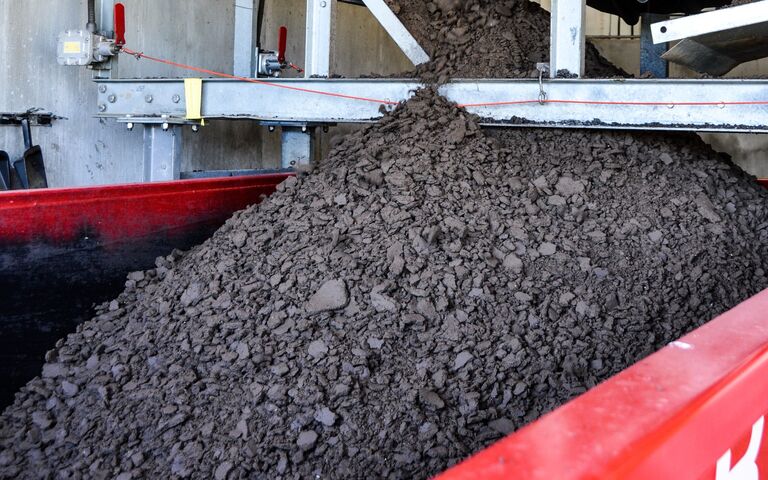
Rotary drum thickening thickens the sludge by agitating the solids in a slowly-rotating vessel with porous walls
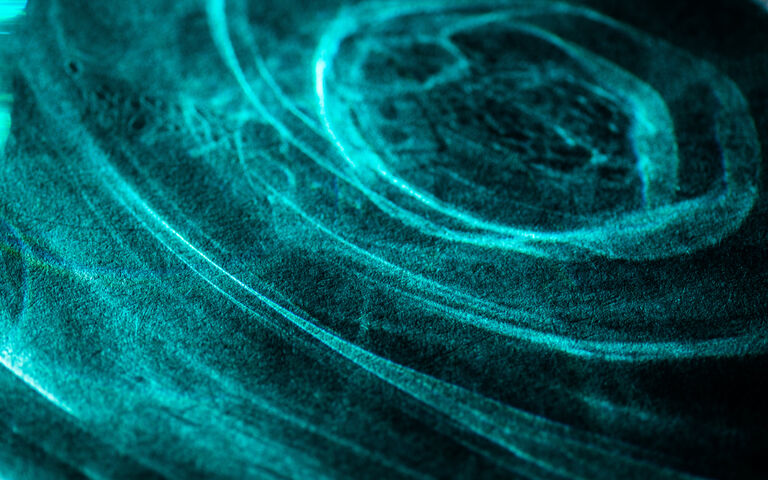
Sludge concentration increases as particles are encouraged to migrate to the walls of a rapidly rotating cylindrical vessel
Other processes include membrane thickening − water is extracted through a membrane, increasing the solids concentration
Alfa Laval's solid bowl decanting centrifuge for sludge thickening and dewatering in wastewater treatment.
Centrifugal thickening increases sludge concentration by encouraging particles to migrate to the walls of a rapidly rotating
Dissolved air flotation thickens sludges by encouraging the solids to float to the surface where they can be skimmed off
Gravity belt thickening thickens sludge by allowing the water to drain from the sludge under gravity through a permeable belt
Gravity thickening increases the solids concentration by allowing the particles to settle to the base of a vessel
Membrane thickeners separate suspended solids from liquid by extracting the water through a selective permeable material
Rotary drum thickening increases sludge solids concentration by agitating the solids in a cylindrical drum with porous walls
Conditioning is the pretreatment of sludge upstream of thickening and dewatering to promote solid-liquid separation
Dewatering processes mechanically remove a significant proportion of the sludge water to produce a 15-45% cake product
In sludge drying the sludge moisture is removed as water vapour by heating, generating a pelleted or powdered product
Conditioning is the pretreatment of sludge upstream of thickening and dewatering to promote solid-liquid separation
Thickening processes concentrate the sludge by removing part of the free water, such that the product can still be pumped
Dewatering processes mechanically remove a significant proportion of the sludge water to produce a 15-45% cake product
In sludge drying the sludge moisture is removed as water vapour by heating, generating a pelleted or powdered product
Sludge stabilisation − alkaline stabilisation, lime and solids dosing, plus anaerobic and aerobic digestion
Thermochemical methods are used to either significantly reduce the sludge solids content or pre-treat sludge upstream of AD
Sludge is the main waste stream from the treatment of wastewater